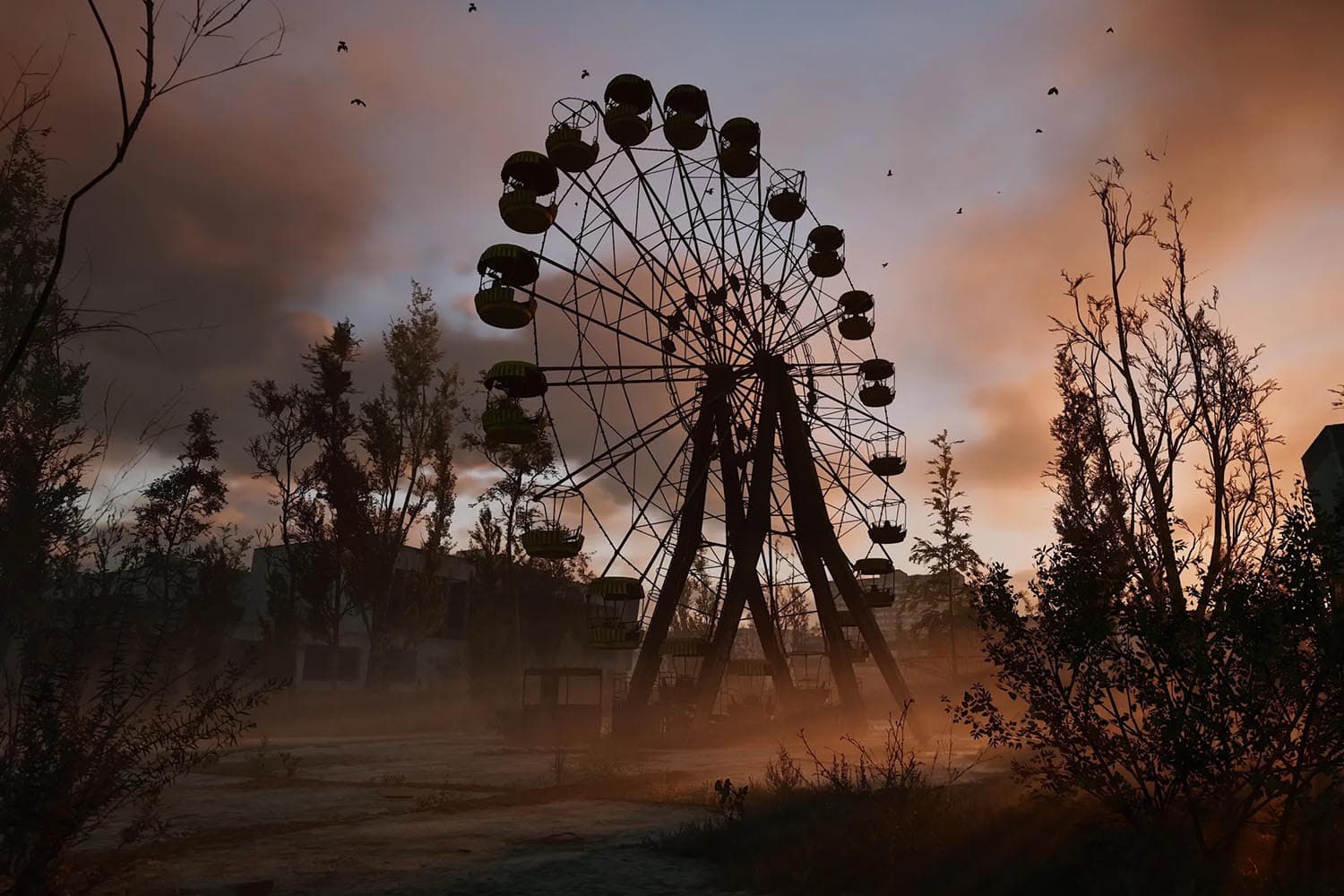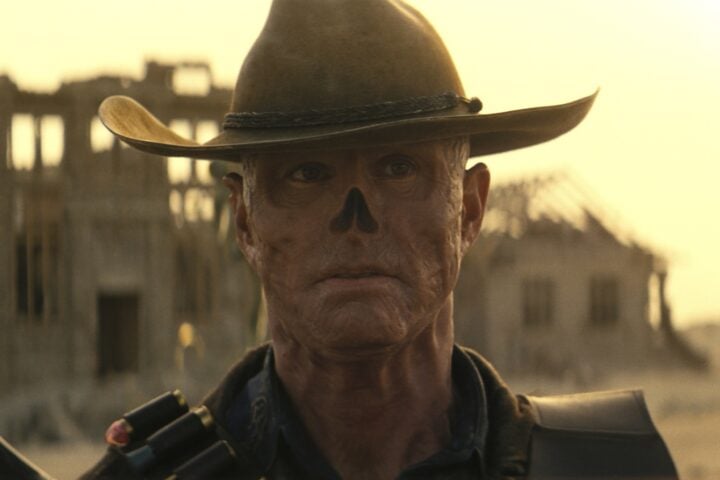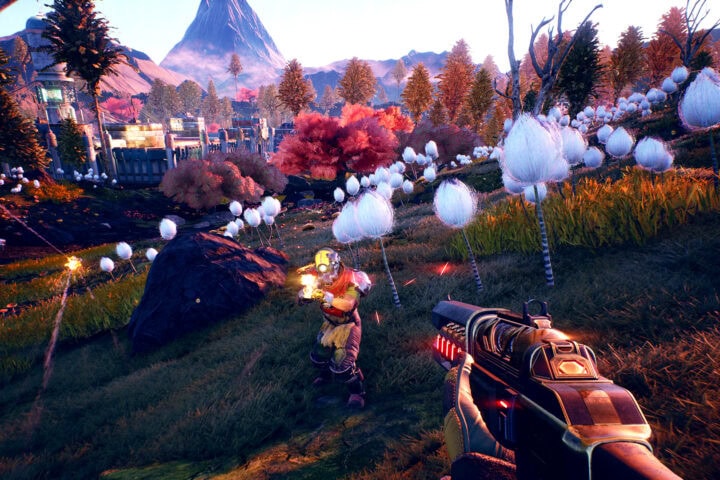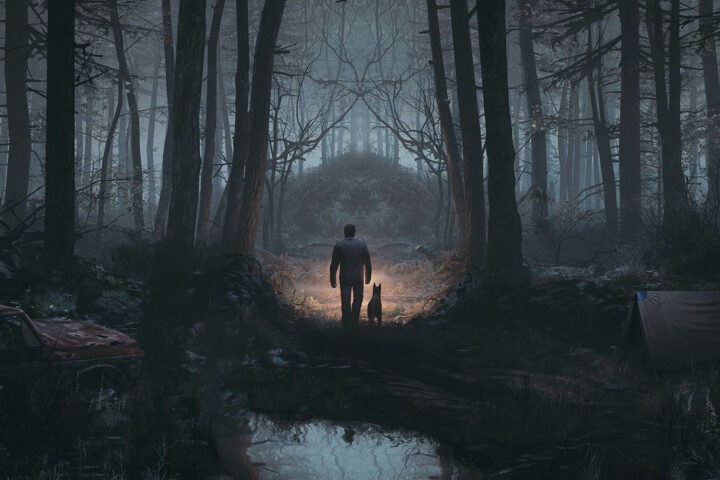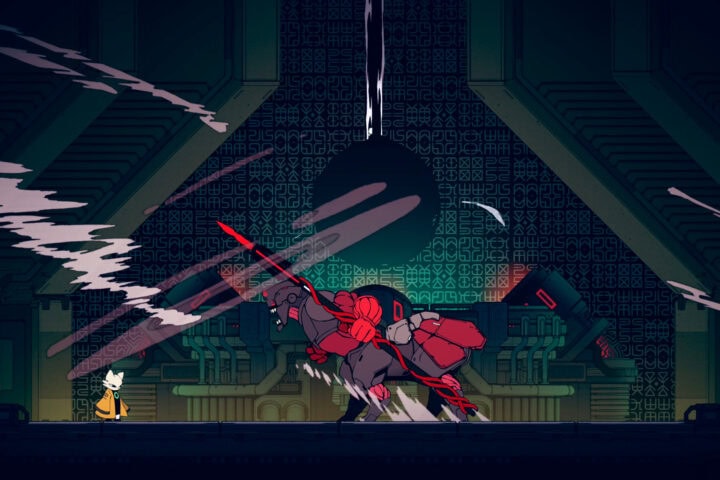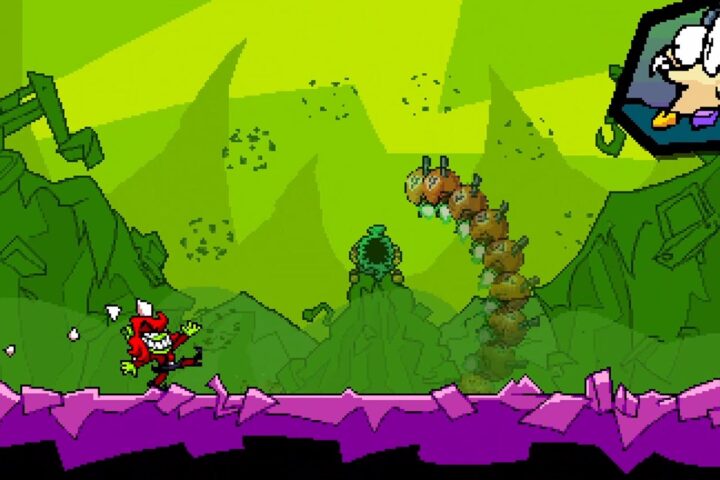The Chornobyl Exclusion Zone is full of sausages. They’re on the shelves of ruined houses, in boxes and duffel bags, and in the coat pockets of the dead. There’s other food in the Zone, like crusty bread and canned meat, but the sausages are everywhere, sitting loose in the dust and dirt yet still edible due to the mutated meat source that gives them a long shelf life. A staple of the bizarre item economy in S.T.A.L.K.E.R. 2: Heart of Chornobyl, they’re emblematic of the game’s tenuous grip on believability throughout the campaign.
It’s not that, in the perspective of Zone newcomer Skif, you fail to find other items in the wreckage. There are valuable artifacts hidden in anomalous minefields of electrified air pockets, bubbles of compressed gravity, and geysers of fire. Sometimes you happen upon a firearm that’s not in an advanced state of disrepair. But mostly, you’re getting the very supplies you consume to satisfy your curiosity to explore the open world: bullets, medical supplies, and, yes, sausages.
The world of S.T.A.L.K.E.R. 2 is strange and unforgiving, absent not just a conventional loot treadmill but other progression systems like crafting and experience points. You can’t stuff your backpack full to bursting without risking penalties to your maneuverability, you can’t survive long without bandaging a bleeding wound, and you can’t guarantee that one of the stashes the game insistently marks on your map is going to contain anything of note.
But across an expansive setting, the barebones progression grows wearying and self-defeating. Beyond dedicated questlines that guarantee something for your trouble, why bother to explore when most detours are going to leave you worse off than you went in? That all the carefully hidden supply caches of this world contain little more than a sausage, a bottle of water, and some bullets for a gun you don’t even use is something that comes to strain credulity.
Every so often, you glimpse the eerie, atmospheric fantasy that you’re meant to experience in a setting that’s nothing less than transportive, never fully killing your urge to explore. No matter how many times exploration proves unfruitful, it’s still hard to resist combing through the handsome ruin of a factory, hearing the crumple of cans and bottles underfoot while your radiation-measuring Geiger counter crackles and you see the shimmer of an invisible anomaly in the corner of your eye. Elsewhere in the Zone, you might stumble upon a skirmish between bandits and travelers and, then, while looting bodies in the aftermath, find yourself attacked by mutant hogs that you dodge by leaping out of reach between rusted-out vehicle husks.
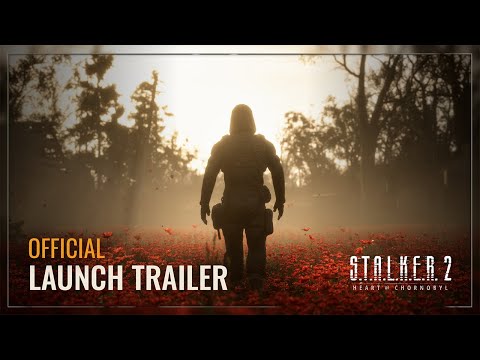
But rather than a world that feels dispassionate toward your presence, as though you’re any other wasteland wanderer, S.T.A.L.K.E.R. 2’s allegiance to hardship for the sake of hardship comes off as antagonistic. Not unlike the miserly loot you come across, the game’s grueling combat often comes across as absurd, from the mutants who soak up unthinkable amounts of ammunition, to the human adversaries who are so hyper-aware that they can spot you, say, in the dead of night as a speck on the horizon through a small hole in a sheet metal shed.
Worse, you can scarcely distinguish neutral-colored enemies against the neutral-colored foliage. Many encounters start with the white line on the UI warning that you’re about to be spotted by an enemy you don’t even see, while others involve taking damage straight away from whatever adversary the game has spawned a stone’s throw from your position, because nothing in all the vastness of the Zone seems to exist a short ways beyond your immediate vicinity.
Make no mistake: You’re as special in S.T.A.L.K.E.R. 2 as you are in so many other open-world games, except where the design of so many of those games is all about giving you a treat and patting you on the head, S.T.A.L.K.E.R. gives you an extra kick in the ribs. It’s unclear how much of that antagonism is truly intentional, as the game is clearly still a work in progress given the number of crashes, broken questlines, and glitching character models. And considering how synonymous the series is with a devoted modding community, it’s not hard to imagine a version of this game that eventually resolves its baffling item economy or its preposterous enemy encounters, whether by official patches or community intervention.
The atmosphere remains captivating, which has allowed the S.T.A.L.K.E.R. series to endure no matter how many technical issues the games may launch with. But this sequel too often buries its best qualities beneath contrived hardship, an artifice that fails to obscure that this world, at least in its current state, is as shallow as it is wide. What might once have been intended as a rebuke to open-world excess is instead a cautionary tale, an argument for all the little carrot-on-a-stick elements that make a game like this feel like more what it is: a wasteland.
This game was reviewed with code provided by Renaissance PR.
Since 2001, we've brought you uncompromising, candid takes on the world of film, music, television, video games, theater, and more. Independently owned and operated publications like Slant have been hit hard in recent years, but we’re committed to keeping our content free and accessible—meaning no paywalls or fees.
If you like what we do, please consider subscribing to our Patreon or making a donation.

